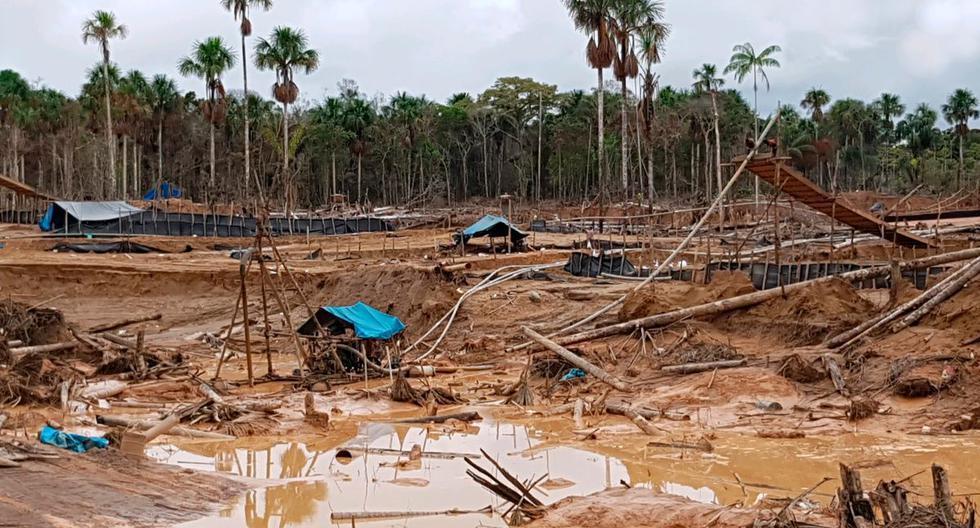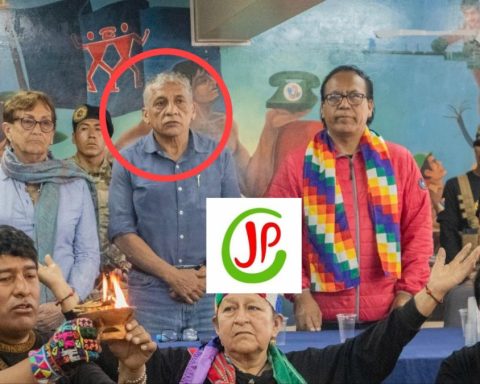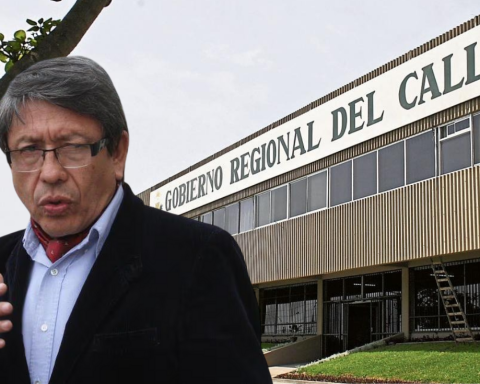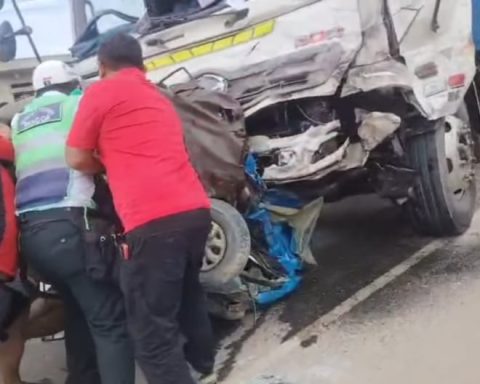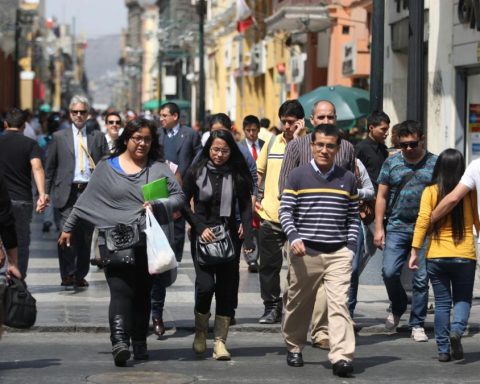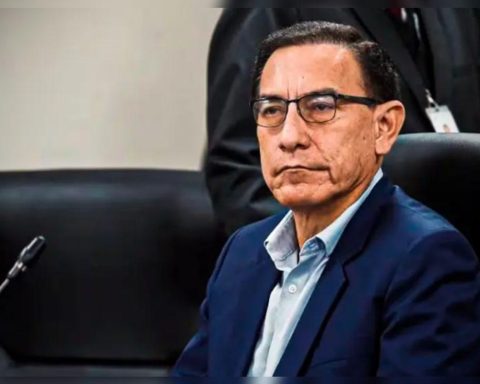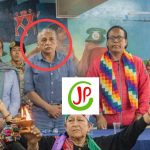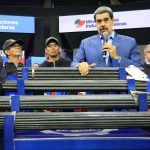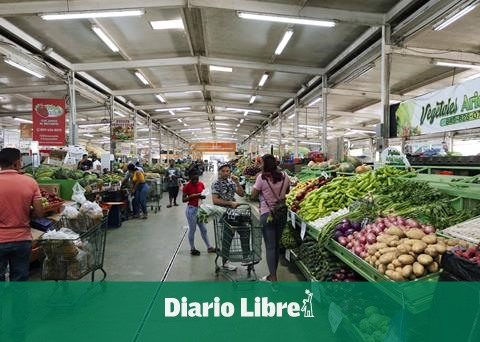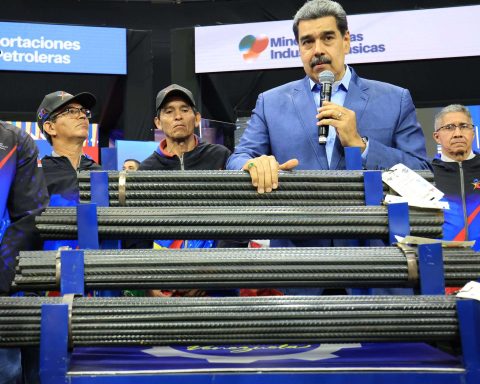The illegal minery moves more money than drug trafficking. It did so in 2012, when the illegal gold that was exported was estimated at US$1.8 billion, according to Macroconsult, and today it does so with US$3.9 billion annually, according to 2020 data from the Ministry of Energy and Mines. And although the State has deployed formalization measures, such as the Comprehensive Registry of Mining Formalization (Reinfo), it has served little to combat this activity. What problems are hidden behind these lengthy formalization processes?
Currently, there are between 300,000 and 500,000 people engaged in illegal and informal mining in the country, according to the study “Criminal economies and their impact on Peru”, prepared by Ricardo Valdés, Carlos Basombrío and Dante Vera. . The difference between both activities is that the illegal one is carried out in prohibited areas, such as nature reserves; while the informal operates in permitted areas, but without a concession contract or agreement with the owner of the deposit.
Illegal and informal mining were already a problem two decades ago, when the Law for the Formalization and Promotion of Small-scale Mining and Artisanal Mining was created in 2002, and it continued to be so 15 years later, when the Reinfo register was created in 2017. with the intention of opening a temporary door to formalization that year. However, registrations were opened again in 2019 until 2021 and at the end of that same year they were extended until 2024, something that has been criticized by analysts.
The observations do not fall on deaf ears, since there are currently 88,041 people registered to leave the illegality. However, the total formalized as of April this year only reached 10,600 people, according to what was reported by the Ministry of Energy and Mines (Minem) that month. That is, those who have completed their process are only 11% of those registered to achieve such a goal.
Out of the law
Dante Vera, one of the authors of the study, explains that there is a large number of registrants who have not met the requirements to formalize, such as having the Instrument for Environmental Management and Supervision for the Formalization of Small-scale Mining and Artisanal Mining Activities or submitting the certificate of the concession contract of the owner of the area where they operate.
“In reality, they should already be suspended and off the registry because the term has already expired, but it has been extended until 2024 for new miners in an informal situation.. What happens with those registered is that they have a kind of protection because it is enough that they have the registration certificate so that they cannot be investigated for environmental crime. In other words, the illegal miners are using this registry in a criminal way because the law does not remove them from the registry, but instead protects them so that they continue to commit illegal activities,” Vera warns.
When speaking of illicit activities, Vera not only refers to illegal mining, but also to the collection of ore that they buy from third parties and sell to processing plants or that they use for smuggling via Bolivia.
For him former Minister of the Interior Rubén VargasIllegal mining is the most serious problem in terms of illegal activities, since it even feeds back into drug trafficking.
“In some regions such as Puno, Huánuco, Madre de Dios and Loreto, illegal mining and drug trafficking feed off each other, they finance each other. Drug traffickers are interested because it is easy to launder money buying gold, because the sale of gold in the local and international market does not have as many restrictions as cocaine. They can launder any amount by buying illegal gold and laundering it in national or international markets,” says Vargas.
Due to this, he considers that maintaining the formalization processes indefinitely ties the hands of the Public Ministry in the fight against illegal mining. “Leaving open the possibility of formalization through a law is to maintain a status quo so that they are not formalized because it is not convenient for them due to the costs,” he asserted.
Data:
-80% of illegal and informal miners work on concessions from third parties, says Dante Vera. “That’s the big hurdle to formalize,” he says.
-“There are a large number of concessions in the hands of mining concessionaires who have them to make usury, not to exploit it. They tell the illegal miners to exploit their concession, these miners can ask them for the contract, but the owners will tell them no, that everything is an oral agreement and ‘what you get, you pay me,’” explains Vargas.
